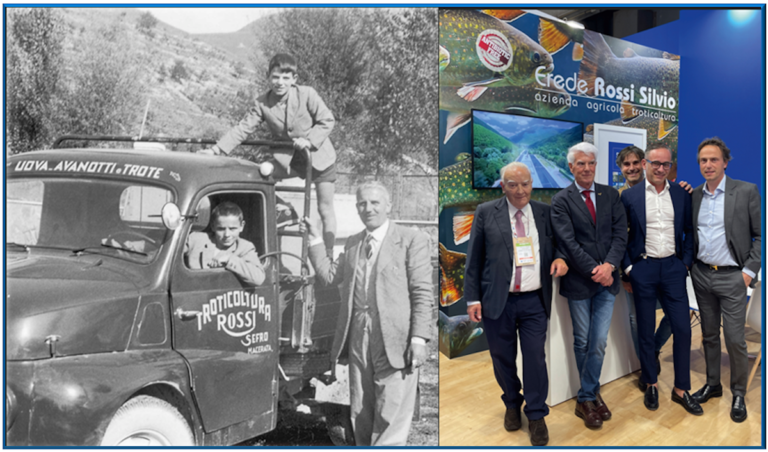Recycling is important, but reducing and reusing are even more effective for the environment. However, when people are asked what is the best way to manage waste, recycling is often the most common answer.
This is according to a study recently published in Nature sustainability. Which investigated the waste management attitudes, beliefs and behaviors of some Americans. The study found that Americans are more likely to recycle than to reduce and reuse.
This is because recycling is often seen as an easy and convenient way to reduce environmental impact. However, recycling is not always the best solution. For example, some recyclable materials, such as plastics, require a lot of energy and water to be turned into new products.
Table of Contents
Embracing the three Rs for a better future
Waste invades every corner of the planet and, some areas, more than others. Everything we consume and produce has an impact on the environment.
As consumers, we have a significant role to play. We can start by trying to decrease the amount of waste by making wiser choices and consuming fewer items and materials, with an emphasis on reuse and, possibly, recycling.
This principle is known as the “Three R’s Rule“. Or, more precisely, as the waste management hierarchy recommended by environmental institutions and organizations. It is represented as an inverted pyramid in which reduction is the primary choice and should be practiced widely as the fundamental basis. While at the opposite end is the final disposal of objects and materials in landfills.
Rediscovering waste reduction
In questioning people about what they believe is optimal for the environment and how to reduce waste, a reversal in the pyramid of choices emerges. Surprisingly, nearly 80 percent of respondents to a survey, conducted in the United States, make mistakes in the order of preferences.
In general, the idea that recycling is the primary approach to managing waste prevails. Often at the expense of reduction and reuse strategies.
This phenomenon has been termed “recycling bias” by scholars. Despite the fact that another survey showed that correct knowledge about recycling various items was far from perfect, especially for items such as light bulbs, plastic bags or coffee cups.
Studies indicate that when options are limited, participants tend to focus on waste reduction as the most sustainable action to address the problem. This attitude also reflects a recognition of the importance of optimizing object design to positively influence waste management.
The waste emergency: the global problem that affects more than just the environment
Experts unanimously agree on humanity’s inevitable and unsustainable production of waste worldwide. Microplastics, in particular, are polluting remote corners of the planet and accumulating in the bodies of both humans and animals.
The creation and disposal of goods is a major cause of greenhouse gas emissions, posing a threat to public health. Especially for vulnerable communities facing large masses of waste. Recent research even suggests that even when plastics are recycled, the result is an alarming increase in microplastic pollution.
Given the magnitude and urgency of the problem, in June 2023, the United Nations promoted discussions among government representatives from around the world. Thus aiming to develop a legally binding treaty aimed at combating the spread of harmful plastic waste. Meanwhile, many cities and states in the United States have taken the initiative to ban single-use plastic products or restrict their use, thus addressing the challenge at the local level.
Priority strategies for waste management
Experts have long promoted approaching the issue of waste by implementing strategies focused on source reduction to prevent the formation of waste itself. This approach is shown to be more effective than subsequent management and mitigation of impacts.
Both the U.S. Environmental Protection Agency and influential environmental organizations such as the United Nations Environmental Program adopt a framework known as the “waste management hierarchy.” Which arranges strategies according to their environmental impacts.
The waste management hierarchy, well known to all, emphasizes the importance of “Reduce, Reuse, Recycle” in that precise order.
Although creating recyclable items is more sustainable than incinerating or disposing of them in landfills, it still requires significant amounts of energy and resources. In contrast, reducing waste at its source conserves valuable natural resources and prevents further negative environmental impacts throughout the product’s life cycle.












